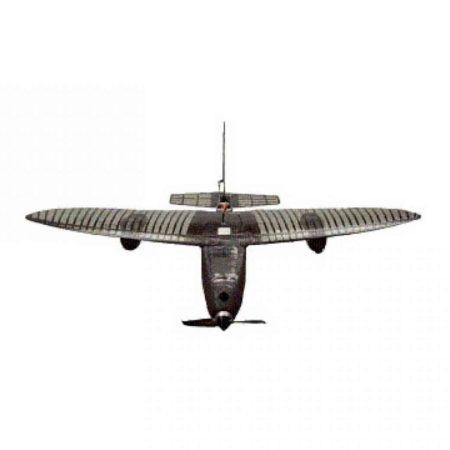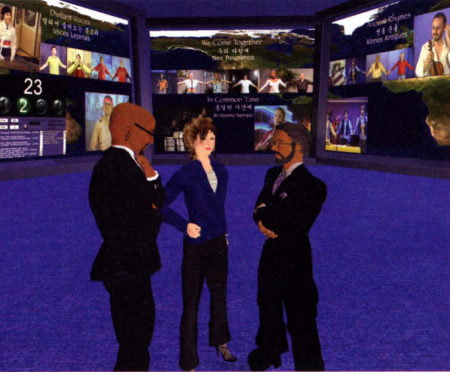Exploring Ancient Egypt
South Florida Science Center debuts DW’s “Exploring Ancient Egypt”
Working across disciplines, including computer programming, 2D and 3D art and animation, music and sound design and interactive narrative, the DW faculty team created the original interactive experience to allow up to four simultaneous players to explore various scenarios based on themes inspired by ancient Egypt.
Description
The Digital Worlds Institute faculty collaborated on the creation of a new interactive experience for young museum visitors entitled Exploring Ancient Egypt. Working across disciplines, including computer programming, 2D and 3D art and animation, music and sound design and interactive narrative, the DW faculty team created the original interactive experience to allow up to four simultaneous players to explore various scenarios based on themes inspired by ancient Egypt. It recently debuted at the South Florida Science Center in West Palm Beach.
DW computer scientist Angelos Barmpoutis created original code that allows an array of two Microsoft Kinects to bring 4 separate players into one shared virtual environment through the progression of the game. The design team of Diana Reichenbach and Hyuk Jang provided the visual elements to bring the ancient world to life. Game producer Marko Suvajdzic offered consultation on incorporating gameplay elements to keep the participants actively engaged throughout the four scenarios. Patrick Pagano provided research and audio elements to inform the final sound design, and composer James Oliverio provided the soundtrack for both the title sequence and each of the four separate scenarios.
As the Art Director for the project, Reichenbach worked closely with Digital Worlds graduate research assistants to create an aesthetically pleasing and balanced user interface, which was a unique challenge for a game with four physical players present on one screen.
“This project is a great example of the Institute’s capabilities, as it incorporates elements of both aesthetic and programmatic design through collaboration between all Digital Worlds faculty and its graduate research assistants,” Reichenbach said.
Reichenbach designed the backdrops to the four levels of the game, including Travel the Nile,Build the Pyramid, Wrap the Mummy and Dance Egyptian Style, and paid close attention to recreating real-life Egyptian scenery into each level.
Hyuk Jang was in charge of character development for the game. Jang’s creative process began with using various references to explore details like outfits, hairstyles and even eye color, to get a better idea of how he should develop each character, and make them more believable.
The next step, character modeling, was made possible with 3D software named Maya.
“Maya is one of the industry standard software that helps us to create organic or any kinds of 3D objects and characters for games and animation,” Jang said.
Jang began with a box and sculpted out the final model.
“This was a time consuming part because sometimes I had to spend hours on small details,” Jang explained.
Once the model was approved, he started to paint the textures that were placed onto the characters.
Rigging, the process of adding bones to the characters, was the final step of character development for the game. The Xbox Kinect detects the figure primarily where joints are, and sends that data to the character bones in real-time, thus creating its final form.
Reichenbach and Jang recently appeared on LiveVibeTV’s Season Four show “Opening Minds: People Who Make Video Games” to give an overview of the design process.
Upon completion, Exploring Ancient Egypt was installed at the South Florida Science Center’s Afterlife: Tombs and Treasures of Ancient Egypt exhibit that explores the ancient Egyptian concept of the afterlife including over 200 authentic artifacts. The centerpiece of this award-winning exhibit features a full-size reproduction of the burial chamber of Thutmose III (1490-1436 B.C.), a Ramesside male mummy believed to be the son of Ramses II and several other mummies. Other unique highlights of this exhibit include 3,000 year-old artifacts including fine jewelry, painted reliefs, implements used in religious rituals, coffins and more. The exhibit will run until April 18, 2015.








